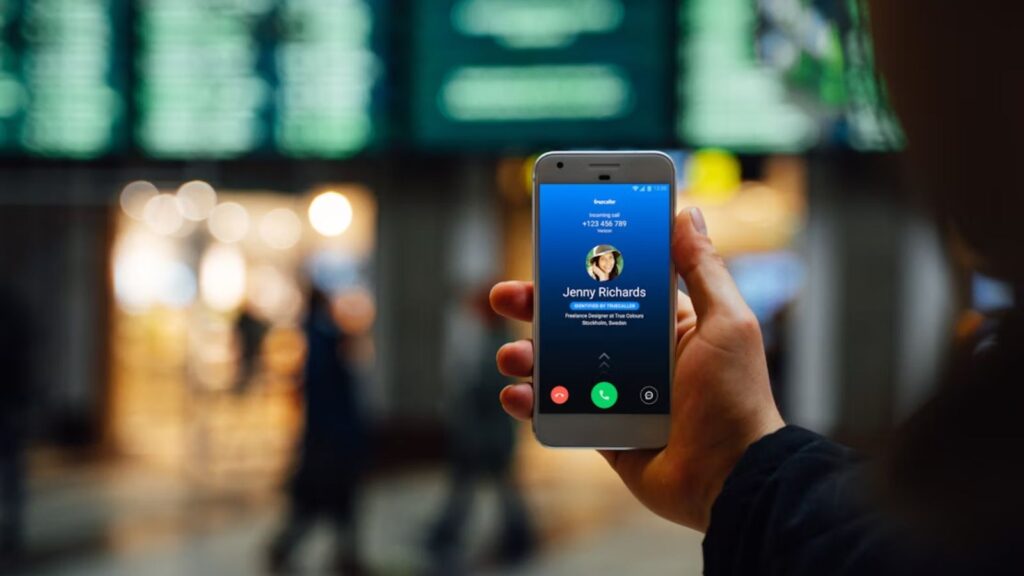Your Next Call May Show the Caller’s Real Name: Here’s What’s Changing

The Indian government is preparing to roll out a new telecom feature that will display the verified name of the caller during incoming calls. The Telecom Regulatory Authority of India (TRAI) has cleared a proposal from the Department of Telecommunications (DoT) to launch this system, known as Calling Name Presentation (CNAP). This feature will show the authenticated name of the caller on the recipient’s phone screen.
Caller Identification to Be Enabled by Default
Under the new system, CNAP will be automatically activated for all mobile users across the country. Those who do not wish to use it can request their telecom operator to turn it off. Unlike third-party caller ID apps such as Truecaller, CNAP will function within the telecom network itself and use verified information collected during SIM card registration.
Once implemented, the feature will help users see the caller’s name before picking up, making it easier to identify unknown callers and avoid spam or fraudulent calls. TRAI believes that this move will improve user safety and transparency in mobile communication.
How the System Will Work
Telecom operators have been instructed to create and maintain a Calling Name (CNAM) database that will store the verified names of all subscribers linked to their phone numbers. When a call is received, the terminating network will verify the number through the Local Number Portability Database (LNPD) to identify the original service provider, after which the verified name will appear on the recipient’s screen.
Currently, Indian telecom systems only display the phone number of the caller through Calling Line Identification (CLI). CNAP will add an extra layer of detail to this setup, enhancing caller transparency.
Trials and Rollout Plans
Before the final approval, the DoT conducted pilot tests of CNAP on 4G and 5G networks in select cities. The trials were aimed at testing its technical compatibility with both circuit-switched and packet-switched networks. However, due to software and infrastructure constraints, telecom operators were able to test the system only on packet-switched networks.
According to TRAI, CNAP will be introduced as a supplementary service tied to existing telecom services rather than as a separate product. Operators will be responsible for ensuring seamless implementation and maintaining data privacy once the feature is rolled out nationwide.









